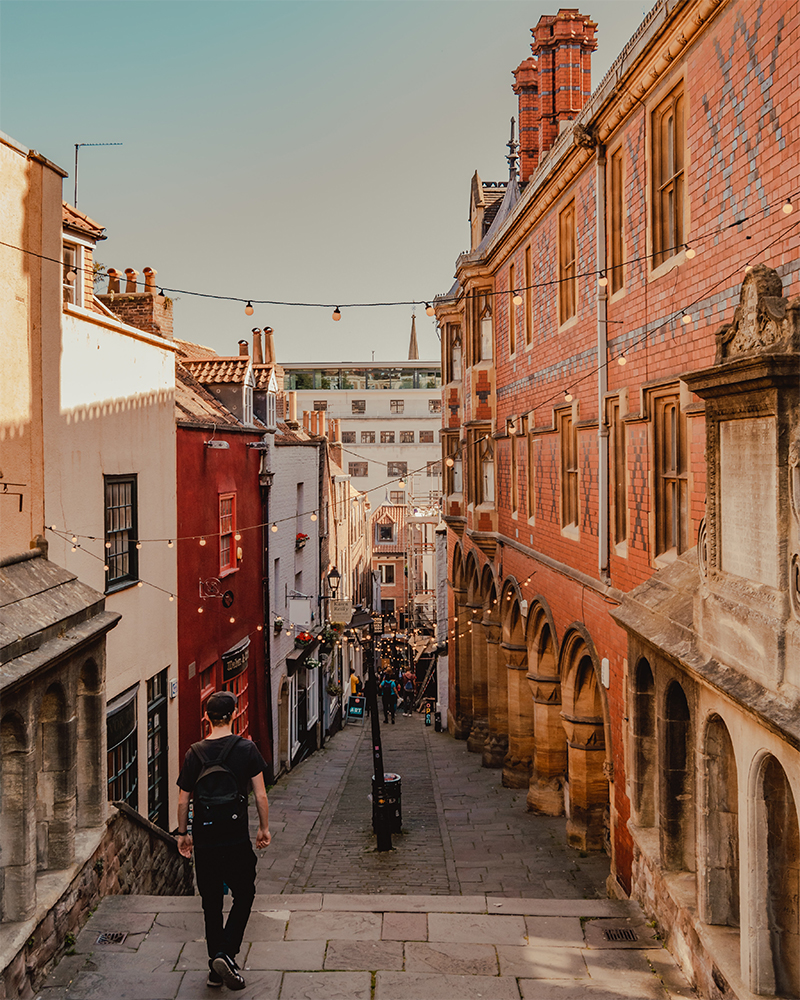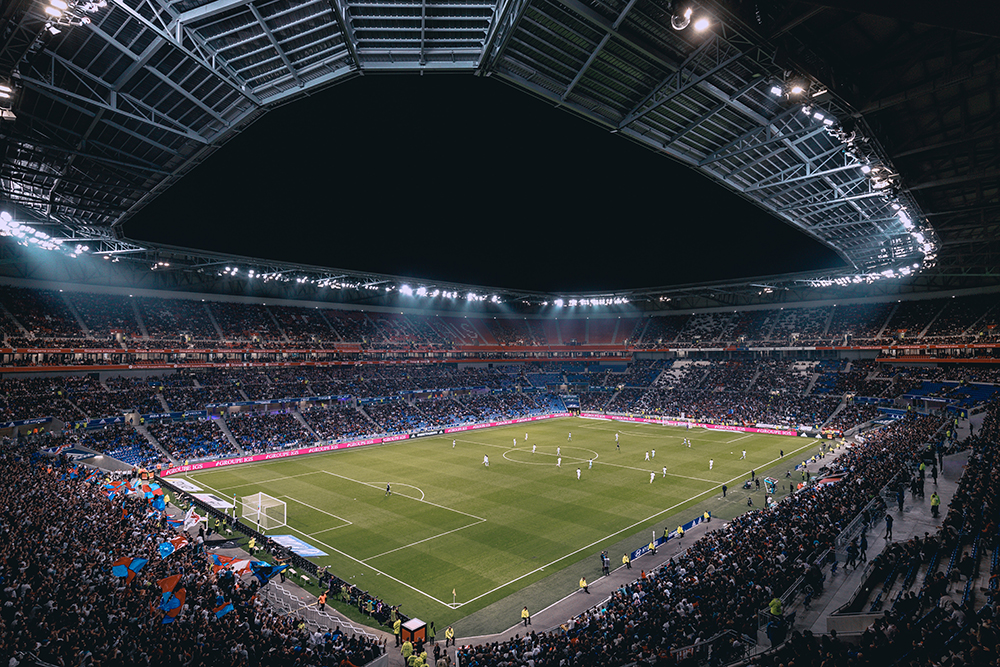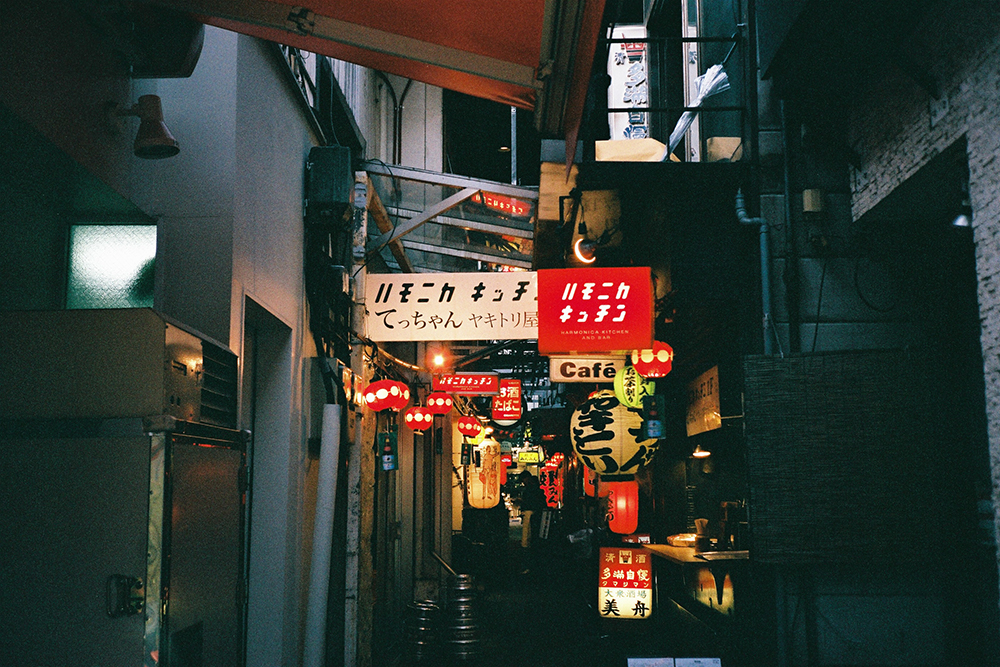You might be hearing a lot of buzz about 8K, but when it comes to that actual TVs on the market, the pickings are still a little slim. Manufacturers are still pumping out 4K TVs with only a small trickle of 8K TVs coming alongside them. That said, the 8K TVs that are coming out are truly something to behold. The only way to really benefit from 8K is to sit close and have a really big screen, and the manufacturers haven’t failed to build around that second point.The best 8K TVs are coming in at well over 70 inches, with some even pushing toward 90-inch diagonals. Along with that size, you’re also getting some of the best features that TV manufacturers offer. You’ll see OLED displays that will offer a stunning crispness thanks to their unbeatable contrast ratios, and you’ll find no lack of HDR support. If you’re a gamer planning to hook up a PS5 or Xbox Series X to see what kind of 8K capabilities they’ll have, these TVs will be ready and waiting.Just be prepared, these 8K TVs don’t come cheap. If your budget isn’t substantial, you might also consider some high-end 4K TVs, which shouldn’t disappoint unless you’re sitting unreasonably close. You can even find good quality from some cheap 4K TVs.
TL;DR These are the Best 8K TVs:
1. Sony 85″ Class Z9G
Best 8K TV
Screen size: 85″ Resolution: 8K Panel type: Full Array LED HDR Compatibility: Dolby Vision, HDR10, HLG Peak Brightness: 550cd/m2 Local Dimming Zones: 720 Refresh Rate: 240Hz Inputs: 4 x HDMI 2.1, 1 x Component, 1 x Composite, 1 x RF
If you thought an $8,000 TV was expensive, just wait until you see what Sony has in store. Their new Z9G 8K TV (XBR-85Z9G), at 85 inches, costs a whopping $13,000and the even larger 98-inch version costs a staggering $60,000. For all that dough you get Sonys infamous X1 Ultimate processor, which provides fantastic motion interpolation (if youre into motion smoothing) and upscaling (which is important in a world with little 8K content).It also has Sonys Backlight Master Drive for superior local dimming among 720 separate zoneswhich provides better blacks with less blooming on any TV youll find today short of OLEDs. Youll also get wide viewing angle tech similar to the Samsung (Sony calls theirs X-Wide Angle technology), for those big viewing parties.
While it supports Dolby Vision, it doesnt support the upcoming HDR10+ standard, and it doesnt have FreeSync for gamers. Its HDR is still crazy impressive, though, pushing out insane levels of peak brightness and color volume. If you want the best of the best, Sony is still the brand to beatbut if youd rather spend that money on, I dont know, a year of rent, you can still get Sonys top-notch tech in its 4K A9G OLED or X950G LED (read our review) TVs for a fraction of the price.
2. LG 75″ Class Nano 9 Series 8K
Best Smart 8K TV
Screen size: 74.5″ Resolution: 8K Panel type: Full Array IPS HDR Compatibility: Dolby Vision, HDR10, HLG Peak Brightness: n/a Local Dimming Zones: n/a Refresh Rate: 240Hz Inputs: 4 x HDMI 2.0, 1 x Composite, 1 x RF
LG’s webOS is one of the best and fastest operating systems for TVs. It’s so good we would actually forgo getting a set-top box and just running our streaming apps on the TV itself. If you’re just as worried about a great navigational experience as seeing as many pixels physically possible today, the LG 75″ Class Nano 9 Series 8K (75SM9970PUA) is the 8K TV for you.This line of TVs utilizes LG’s NanoCell IPS technology to produce a stunning 7,680 x 4,320 with full-array local dimmingthough the company won’t say just how many zones there are. You also get plenty of HDR support including 8K HDR10 Pro, 8K HLG Pro, and 4K Dolby Vision.
3. Samsung 75″ Class Q900R
Best HDR 8K TV
Screen size: 74.5″ Resolution: 8K Panel type: Full-Array LED HDR Compatibility: HDR10+, HDR10, HLG Peak Brightness: 550cd/m2 Local Dimming Zones: 480 Refresh Rate: 120Hz Inputs: 1 x HDMI 2.1, 3 x HDMI 2.0, 1 x RF
Samsungs 8K Q900R (QN75Q900RBFXZA) builds on its previous lines of QLED TVs, offering superior color volume and some of the brightest HDR highlights you can find on a panel today. It only supports HDR10 and HDR10+, not Dolby Vision, but frankly, even HDR10 looks mind-blowing on this display. It also includes Samsungs new Ultra Viewing Angle tech, which prevents colors from degrading when viewed off-axisa welcome addition if you like to watch movies with a lot of friends. And thats a perfect use case for 8K TVs given their sheer sizeSamsung offers 55 and 65 versions of the Q900R for $3,500 and $4,000, respectively, but if youre going 8K, youre probably aiming for a larger screen like the $6,000 75 model or the $8,000 82 model. And with built-in FreeSync support, itll be an awesome TV for gaming with the future Xbox, current Xbox One, or a living room gaming PC that supports variable refresh rates.It isnt without downsides, of coursethe wide viewing angles and anti-reflective coating are great but result in a lower contrast ratio, where blacks look almost grey. Local dimming helps with this somewhat, particularly in a dark room, and some may find it a worthy trade-off for the benefits it provides. Even with that caveat, the Q900R is still one of the best looking TVs Ive ever laid eyes on, and if its a bit too pricey for you, Samsungs more affordable Q90R provides many of the same benefits at 4K resolution.
4. LG 88″ Class Signature Z9
Best OLED 8K TV
Screen size: 88″ Resolution: 8K Panel type: OLED HDR Compatibility: 8K HDR10 Pro, 8K HLG Pro, 4K Dolby Vision, 4K Technicolor Peak Brightness: 550cd/m2 Refresh Rate: 120Hz Inputs: 4 x HDMI 2.1, 1 x RF
LG’s making sure it has an OLED TV for the upcoming 8K revolution and the LG 88″ Class Signature Z9 (OLED88Z9PUA) is an absolute stunner. The first thing to know about this TV is you get perfect blacks. Rather than using a backlight, each individual pixel is responsible for generating the light and color of the you see. When they don’t display anything, the LG Z9’s 33,177,600 are off completely so you get the truest blacks.The LG Z9 also features an integrated 4.2-channel audio system built into its large, but hollow, stand. If you already loved the look of LG’s 4K TVs, you basically get the same experience here, except now the resolution has been quadrupled.
What’s next for 8K TVs?
4K TVs are reaching full swing with just about every TV you find above $200 being 4K now. But, more development is going into 8K now, and we’ll soon be seeing more and more 8K TVs come out. With them, new display technologies and some features upgrades will show up as well.One upgrade we’ve already seen came in the form of the Samsung Q950TS, which proved the thinnest LCD TV we’d ever seen when we caught it at CES 2020. It measured just 15mm thick, which is thin enough to rival even some of LG’s OLED TVs. And, there weren’t any extra thick sections to house extra components. All that, and it did away with bezels almost entirely, offering a 99% screen-to-body ratio. It stunned us then, and we’re looking forward to it stunning us again after its retail launch.
LG has more 8K goodness in store for 2020 as well. Its premium LG Signature ZX series will get 77- and 88-inch 8K models. Both will of course use OLED panels for the incredible picture quality it delivers. And, they’ll also support FreeSync and G-Sync, giving gamers variable refresh rate technology no matter which platform they’re playing on. On the more affordable end, LG also has a pair of 8K NanoCell TVs planned that will both support FreeSync.
Of course, Samsung and LG won’t be the only players in 8K. Sony should have some new models to compete, especially as a pairing for whatever 8K capabilities the PS5 ends up offering. We also know TCL has an 8K QLED TV planned that could be one of the first affordable models we see.
The Gaming Features That Matter in an 8K (or Any) TV
Right now, 8K TVs only occupy the absolute top end of the market, so theres not a lot to consider when shopping around (especially when there are only a handful of models anyway). Still, if youre wondering whether these TVs will be good for gaming, heres what you need to know.Size: 4K TVs already provide an incredibly sharp picture, so 8K is, frankly, a small step up for most screen sizes. If you want to go 8K, go big. Because the resolution of 8K TVs is so high, you can go for some truly large screens, like 80-inches and up, before you can start discerning the individual pixels on a display.
Both Samsung and Sony offer their 8K TVs in gargantuan sizes, so if you want to make sure that money is going toward something noticeable, buy the biggest panel you canyou wont be disappointed.
High Dynamic Range (HDR): Any of the current 8K TVs will excel at HDR, thanks to their high peak brightness and wide color gamutsallowing them to produce a more vibrant image than the standard dynamic range TVs of yore. There is, however, a difference between the models Ive listed above: while both support the common HDR10 and HLG standards, they differ in their support for higher-end HDR formats.
Sonys Z9G supports Dolby Vision, which is currently available on some Blu-ray discs and streaming services. Dolby Vision supports more colors, brighter highlights, and scene-by-scene information for a more dynamic image. Samsung, on the other hand, has put all its eggs into the HDR10+ basket, a new competitor for Dolby Vision that is more open, but not as common at the moment.
Its probably not enough to sway you one way or the other, especially since unsupported standards will just show as HDR10, but its something to keep in mindneither panel currently supports all the HDR standards currently available.
Refresh rate: Refresh rate determines how many times per second the display can refresh the imagethe more times it can do so, the more frames it can display, leading to smoother motion. While the major consoles currently run games at 30 or 60 frames per second, PCsand perhaps future consolescan run games at higher frame rates for superfluid action.
Thankfully, both Samsung and Sonys 8K TVs support refresh rates of up to 120Hz for 4K graphics. 8K is only supported at 30Hz even with the highest tier video connections (i.e. DisplayPort 1.4 and HDMI 2.0), though, which means motion will seem a tad choppy (if you can even get a game to run at that resolution). Hopefully, future 8K TVs may push this boundary further.
Good news is a new DisplayPort 2.0 was announced on June 2019, which is expected to boost 8K support. Supposedly this new standard will boast three times the bandwidth of the DisplayPort 1.4 spec at up to 80Gbps max or enough to run two 8K displays at 120Hz. DisplayPort 2.0 is expected to arrive first on gaming monitors in late 2020. This is great news for future 8K TVs, but it doesn’t mean much for the sets that are available today, unfortunately.
Response time: Response time is often confused with input lag, but while both tend to be measured in milliseconds, they affect different characteristics of your monitor. Response time measures how fast a pixel can change from black to white, or between two different shades of grey. The slower its able to make that change, the more likely you are to see ghosting, or trails behind moving images on the screen. That means games and movies will look blurrier, so low response time is crucial for having a clear image. Thankfully, since 8K TVs are all super high end right now, all the options above have excellent response times for LCD panels.
Input lag: This refers to the delay between pressing a button on your controller and seeing the effect on the screen. Many things can affect input lag, but TVs, in particular, are notorious for having high input lag due to the amount of processing that happens behind the scenes. Thats why you want a TV with a dedicated Game Mode that turns this processing off for the least lag possiblebelow 30-40ms is ideal. Again, since the current crop of 8K TVs is made up of super high-end displays, all the options on this list have low input lag when Game Mode is turned on.
Variable Refresh Rate (aka FreeSync): If youre using an Xbox One S, Xbox One X, or PC that supports FreeSync, you may want a TV that also supports the variable refresh rate tech. This allows the display to adjust its refresh rate to match the frame rate output your PC or console, eliminating nasty screen tearing.
Right now, Samsungs Q900R is the only 8K TV that supports this, so if gaming is important to you, that may give it a small edge, despite some of Sonys other advantages.
Is 8K Even Worth It Yet?
If youve read this far, youre probably yelling at your screen, chastising me for ignoring the elephant in the roombut dont worry, I was just saving it for last.Heres the thing: these 8K TVs may be glorious, but so are this years crop of 4K TVs, and there is basically no 8K content to watch right now. (Heck, theres still a lot of stuff you cant even watch in 4KIm looking at you, HBO.) And even if you did have 8K content, its likely to be the most subtle upgrade in picture quality yet.
With 8K TVs costing thousands more than their 4K counterparts, were pretty firmly in the realm of diminishing returns right now. By the time 8K content is available, the TVs are likely to be a lot more affordable, meaning theres little reason to buy one right this second.
I can see an argument for buying a future-proof TV now and not having to upgrade for many, many yearsand some people may prefer that approach. But just remember that even an 8K TV wont necessarily be future-proof by the time 8K becomes ubiquitousjust ask early 4K adopters who missed out on HDR.
If youre extremely flush with cash and want the best TV money can buy, go for itas I said, you wont be disappointed by the picture quality these sets offer. If you have any semblance of a budget, youre probably better off with a super high-end 4K set like the aforementioned Samsung Q90R, Sony A9G OLED, or Sony X950G.
Whitson Gordon is a writer, gamer, and tech nerd who has been building PCs for 10 years. He eats potato chips with chopsticks so he doesn’t get grease on his mechanical keyboard.
Mark Knapp is a regular contributor to IGN and an irregular Tweeter on Twitter @Techn0Mark
Home>>Finance>>We’ve rounded up the best 8K TVs on the bleeding edge of resolution and picture quality.

Finance







